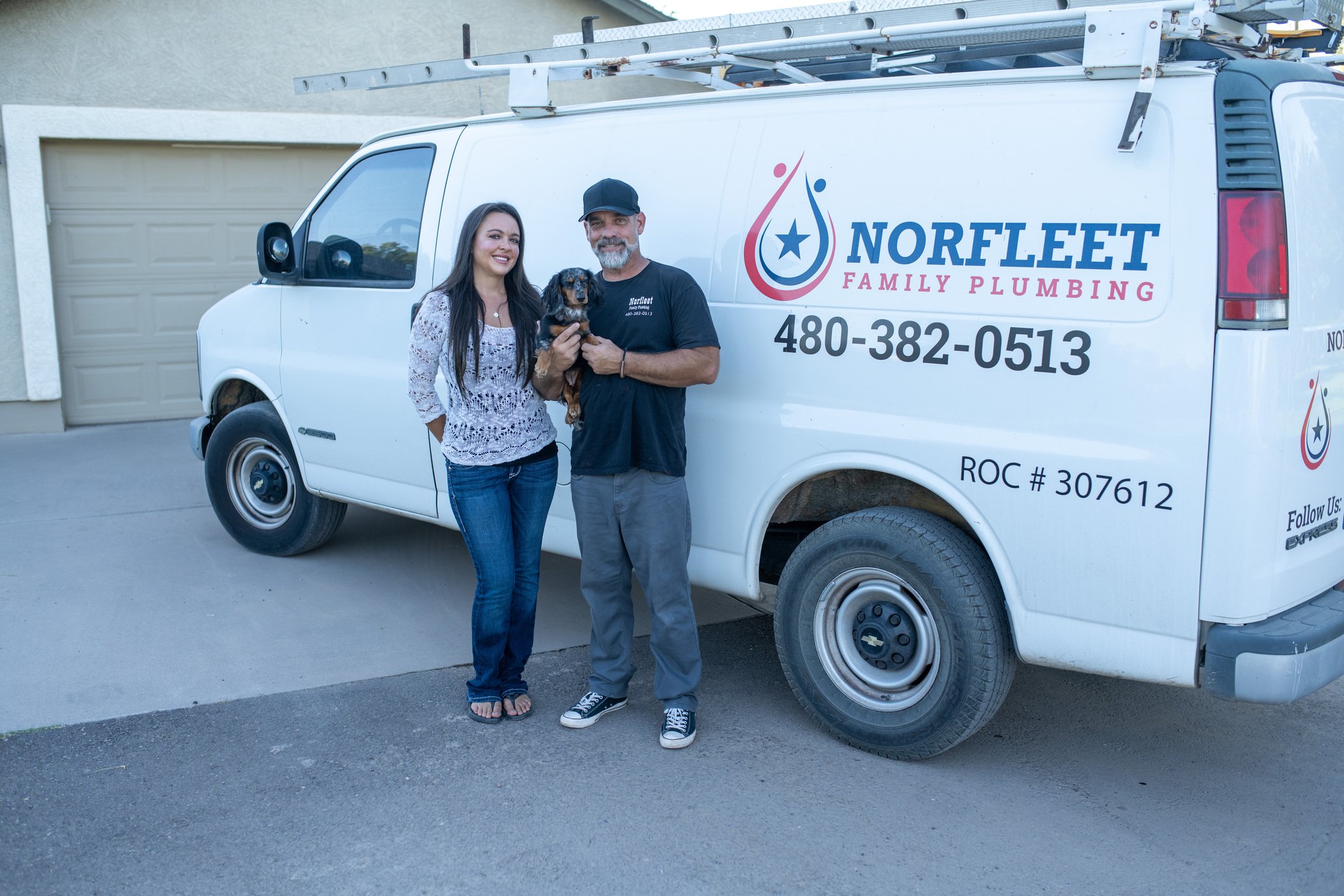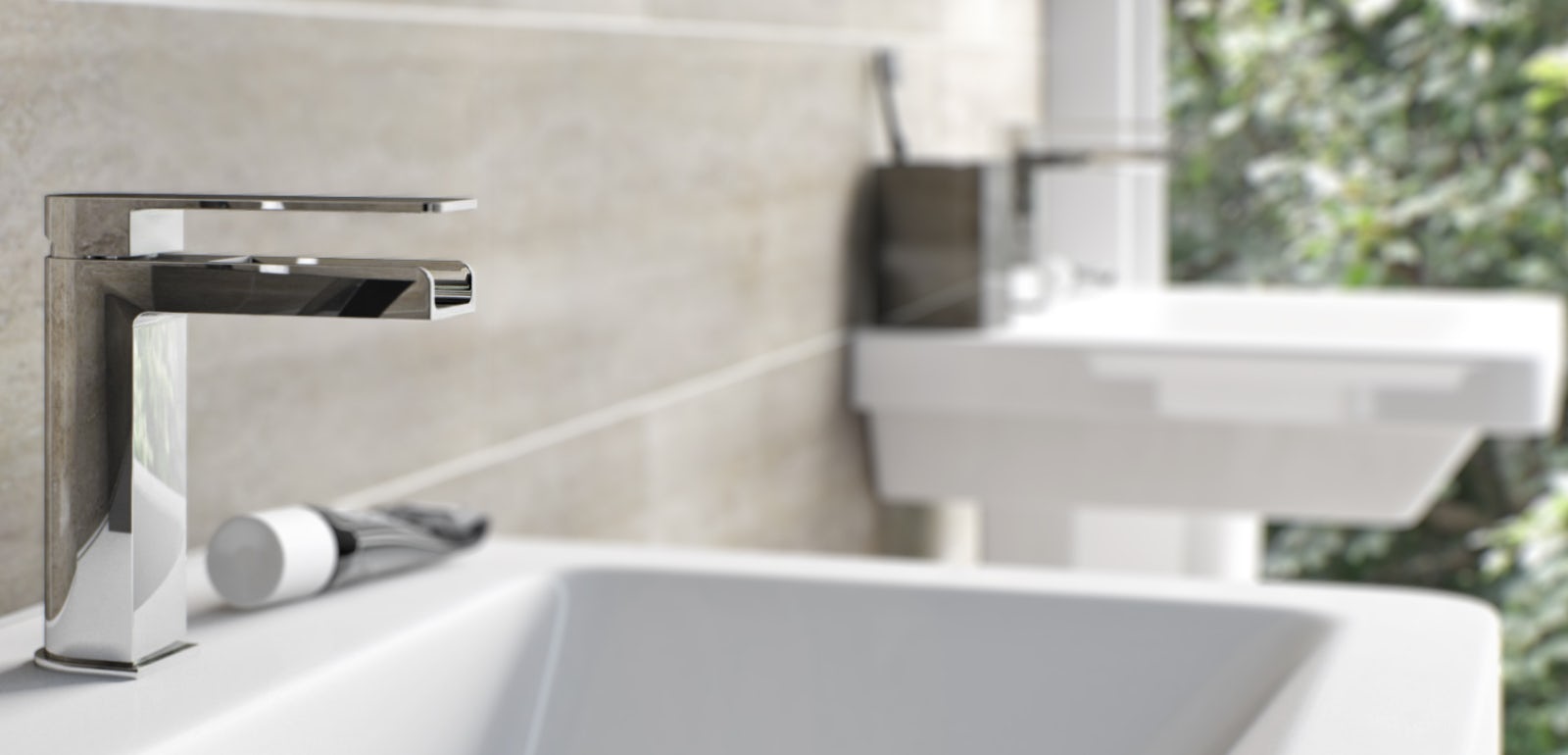Acquiring Insight into Home Plumbing Basics: A Beginner's Handbook
Acquiring Insight into Home Plumbing Basics: A Beginner's Handbook
Blog Article
The article below on the subject of Plumbing Basics For Every Home: The HomeTriangle Guide is incredibly engaging. Check it out for yourself and decide what you think of it.

Plumbing is a necessary aspect of any kind of home, responsible for supplying tidy water for alcohol consumption, food preparation, and bathing, in addition to getting rid of wastewater safely. Understanding the basics of home plumbing is crucial for each home owner to make sure appropriate upkeep, troubleshooting, and, if needed, repairs. In this newbie's overview, we'll cover the fundamental ideas of home plumbing to help you end up being much more accustomed to how it works.
Water Heating System
The water furnace is in charge of home heating water for domestic usage, including bathing, food preparation, and cleansing. Common kinds of hot water heater consist of tank-type water heaters, tankless (on-demand) hot water heater, and heatpump hot water heater. The water heater is linked to the water system system and supplies warm water to plumbing fixtures as needed.
Drain System
The drain system eliminates wastewater from your home and carries it away to a sewer treatment center or septic system. It contains a network of pipes, installations, and fixtures that transfer wastewater from plumbing components to the primary sewage system line or sewage-disposal tank. Correct water drainage is important to avoid blockages, back-ups, and sewage leakages.
Air flow System
The ventilation system assists preserve correct air pressure and stop drain gases from entering your home. Vent pipes, also known as air vent heaps, expand from plumbing components to the roof covering, permitting drain gases to run away safely outdoors. Ventilation pipelines additionally enable air to enter the water drainage system, assisting in smooth wastewater circulation and protecting against suction or vacuum cleaner effects.
Water System System
The water system brings tidy water into your home from a community water resource or a private well. It contains a primary water line that connects to your home's plumbing system, normally situated underground. A water meter determines the quantity of water eaten, while a shut-off shutoff allows you to control the circulation of water into your home.
Plumbing Components
Plumbing fixtures are tools that deliver water to different parts of your home and consist of sinks, taps, bathrooms, showers, bath tubs, and home appliances such as dish washers and cleaning machines. Each component is connected to the water system system by means of pipes and installations and might have its shut-off valve for maintenance or emergencies.
Usual Plumbing Tools
Having the right tools accessible is vital for doing fundamental plumbing repair work and upkeep jobs. Typical plumbing devices include adjustable wrenches, pipe wrenches, pliers, pipe cutters, hacksaws, bettors, augers (or drainpipe snakes), and Teflon tape. Having these devices easily offered can aid you take on small plumbing concerns successfully.
Fundamental Plumbing Fixings
While some plumbing repair work may require specialist help, numerous usual issues can be resolved with basic do it yourself methods. Understanding just how to deal with a leaking faucet, unblock a drainpipe, change a toilet flapper, or fix a leaking showerhead can save you time and money on plumbing repair work.
Final thought
Comprehending the essentials of home plumbing is necessary for every single property owner to maintain a secure, useful, and reliable plumbing system. By familiarizing yourself with the supply of water system, plumbing fixtures, drainage system, ventilation system, typical plumbing tools, and standard fixings, you can with confidence resolve minor plumbing issues and ensure your home's plumbing system operates smoothly.
Plumbing Basics Guide for Homeowners
For many homeowners, the plumbing system can be a mystery with a lot of hidden perils. Since most of the pipes and connections hide behind fixtures, walls, or even underground, people may not get a chance to see how they work until they need to. However, learning the basics around the plumbing system is important for homeowners, especially if they want to perform DIY maintenance, repair, or upgrades. By exploring the system and learning the most common mistakes, people will better understand what they are looking at and how they can minimize the risk of damage.
Parts of the Home Plumbing System
Although homeowners may have a rough sense of how their plumbing is supposed to work, they may not know all the parts of the system. For example, when someone turns on a tap, they may not understand how the water arrives or what happens after it goes down the drain. People should familiarize themselves with various terms related to plumbing, including:
Pipes: Tubes allowing the free flow of water, usually made of metal or PVC Fittings: Connectors that enable pipes to change direction Valves: Parts that control the direction and flow of water Fixtures: Permanent pieces that hold or control water, like sinks or tubs Traps: Special bends in the plumbing to prevent sewer gases from escaping Filters: Devices to prevent certain kinds of waste from accumulating in the pipes Appliances: Equipment that uses water, such as a dishwasher or water heater Supply: How Homes Get Water
Most homeowners get their water supply from a municipal plumbing system. Others rely on well water, which must be pumped from a nearby well. In order to have access to water, homeowners must install a supply line underground. This line usually has a main shut-off valve and a specific amount of water pressure. From there, the supply line goes to the water heater for heating. The rest of the house has two supply lines: one for cold water and one for hot water. They often run together to each fixture and appliance.
Draining: Where Used Water Goes
Every fixture and appliance has a drainage system that connects to the home's drainage line. Certain rooms may also have a drain in the middle of the floor, in case of flooding or for cleaning. Each fixture has a trap that allows water and waste to pass through but doesn't allow sewer gases to return in the opposite direction. The pipes connecting the fixtures and the appliances connect to a branch pipe and eventually to a drain stack, which leads to the home's main drain line underground. That line connects to a septic system or to the municipal sewer system.
Venting: What Keeps Home Plumbing Running Smoothly
The decomposition of human waste can produce gases, which need proper venting in the home's plumbing system. Drain traps prevent the gases from pushing through the drain and into the home, but they don't provide ventilation. Ventilation is important because the accumulation of gases can cause glugging and slow the flow of wastewater out of the home's plumbing system. There are different types of vents that homeowners can consider. Most of the time, the vents connect to the vertical drain stacks and allow the gases to escape through a pipe leading directly to the roof.
Tools for DIY Plumbing
There are a variety of tools that homeowners can use for DIY plumbing projects. Some are related specifically to installation or repair, while others are typically used for general maintenance. Popular tools include:
Pipe wrench Adjustable wrench Sink wrench Pliers Plumbers putty Plumbers tape Hand auger Plunger Installing New Water Lines in a Home
Installing new water lines takes additional care, especially if people are only replacing parts of the line. As a general rule, experts recommend that homeowners consider starting with copper piping to run from the water main to the water heater. This part of the line usually requires a pipe that's three-quarters of an inch in diameter. If a copper pipe must connect to a galvanized steel pipe, place a rubber washer in-between. This will stop the pipes from reacting with each other.
From the water heater, people can use half-inch pipes to lead to various fixtures and appliances. They might choose from a variety of materials, like PEX or copper. For each step of the process, homeowners may want to test out the length with a dry fit. This term describes fitting the pipes together to confirm that they are the right size before applying glue, tape, or solder. The best approach to connecting the pipes depends on the material. People should investigate suitable connectors, especially if they are going to use multiple different materials together.

I'm just very fascinated by Plumbing basics: How your home plumbing works and I hope you liked the entire piece. Do you know somebody who is fascinated about the topic? Please feel free to share it. We appreciate your readership.
Click For More Information Report this page